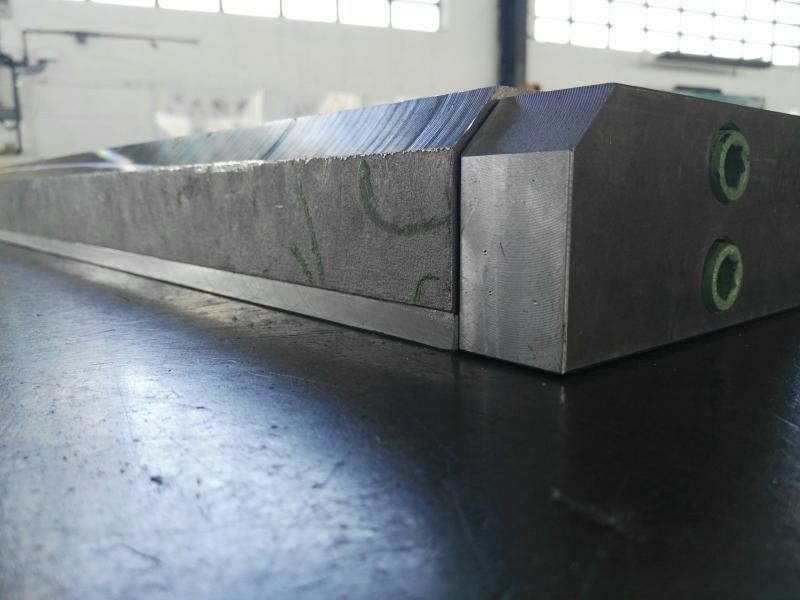High quality requirements for processing companies are making the processing of edges in metal sheets, or other flat materials made of steel or metal, extremely important. Although plates with a perfect edge are not necessary, but are required by more and more customers. There are different posibilities and ways to process a metal sheet for further processing.
Why is chamfering of edges so important?
There are many reasons to mill or round a sheet to continue the process. Firstly the milling of sheet metal edges is used for weld preparation. An optimal and comprehensive edge preparation is essential, if two work pieces are going to be welded. The chamfering ensures that the connection of both work pieces will be improved. Also the quality of the weld will be improved avoiding oxidation.
Another important point is the deburring of sharp metal edges. In this process, sharp burrs are removed, which have arisen during the processing or manufacturing process. These sharp edges can both affect the functionality of the work piece, as well as lead to serious cuts. Edging a sheet around is a reliable way to remove unwanted edges, fissures or splinters.
What is a chamfer?
A chamfer is a sloped surface which is attached to a work piece at a certain angle. By adding a chamfer not only sharp edges are removed, but it improves the optical property and it simplifies the further processing of the work piece.
Applications:
Shearing chamfers
Shearing is a cheap and easy method in weld preparation. In this process, the work piece is provided with a bevel in the angular range of 15 ° to 60 °. The resulting chamfer has a high angular accuracy, but has a rough surface, which was created by Shearing. However, this pattern isn’t important in further processing, because the material will completely melt during the welding process.
Milling cuts
As said before more and more customers are demanding a perfect morrow polished finish. Therefore we use a edge milling machine, adaptable for almost every resistance of metal and thicknesses up to 100mm.



